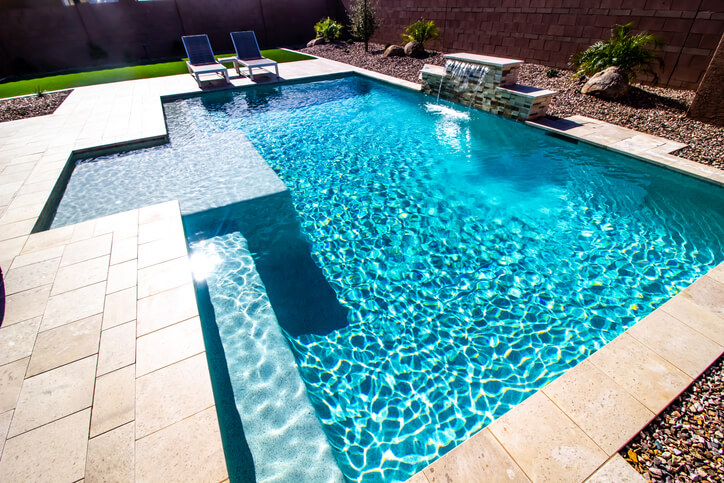New York summer is just around the corner, and if you live in Long Island, you know things are about to get hot. What better way to cool off on a scorching summer day than to spend it poolside?
While swimming pools can be a source of relaxation and fun, they can also be the site of severe accidents and personal injuries for people of all ages. From slips and falls to drownings, several types of injuries can occur in or around swimming pools, especially during the summer.
If you or a loved one suffers a pool-related injury, you can file a claim and hold the responsible party accountable for medical expenses and other losses.
Slips and Falls
Wet surfaces around swimming pools can make for slippery and dangerous conditions and lead to slip and fall accidents. The risk runs higher whenever pool owners fail to provide adequate safety measures, including handrails, signage, and anti-slip surfaces.
Slips and falls can result in a wide range of injuries, from minor cuts and bruises to traumatic brain injuries (TBI) and broken bones. Children and the elderly are particularly susceptible to slip and fall injuries, so you must take the necessary precautions to prevent injury.
Drowning
Drowning is a serious risk in swimming pools, especially for young children and people lacking proper training in swimming techniques.
In the United States, drownings are the leading cause of unintentional death for children between the ages of one and four. There are several types of drowning accidents, which can be classified as:
- Dry drowning
- Secondary drowning
- Traditional drowning
Dry drowning occurs when water is inhaled and irritates the vocal cords, causing them to spasm and close, making breathing difficult. Secondary drowning occurs after a small amount of water enters the lungs and causes inflammation and fluid buildup. Traditional drowning occurs when larger quantities of water fill the lungs, preventing oxygen from reaching the brain.
Even a minor drowning accident can result in brain injury and even death. As such, New York state public pools and swimming beaches must have lifeguards on duty, and young children should use flotation devices as required.
Chemical Burns
Public swimming pools require chemicals to keep the water clean and safe for swimmers. However, if these chemicals are not properly handled or stored, they can cause chemical burns. Chemical burns can range from mild to severe and may require medical attention.
Pool Slide and Diving Board Accidents
Pool slides can be a source of fun for children and adults alike, but they can also be dangerous.
If the slide is not correctly maintained or the water is too shallow, a swimmer can sustain various injuries, including severe cuts, bruising, concussions, and even broken bones.
Similarly, diving platform and springboard accidents can result in severe injuries. Many pools feature these exciting elements for casual recreation and competitive diving. Due to their height and mechanism of action, even a minor slip or fall can result in catastrophe.
Electrical Injuries
Many swimming pools require electrical equipment, such as pumps, lighting, and components used for filtering and cleaning. However, if this equipment is damaged, it can cause electrical injuries.
Electrocution can occur if swimmers come into contact with faulty or exposed wiring, and these accidents can lead to fainting, heart attacks, drowning, burns, and other medical conditions.
Speak to a Pool Injury Attorney in Long Island
The attorneys at Kohan Law Group are dedicated to fighting for personal injury victims. When it comes to injuries that result from pool-related negligence, our team is here to help.
We represent clients in Nassau County in Long Island and can help you fight to recover your financial losses and other damages. Reach out to our office today.

